Buoyed by the results of successful drilling campaigns in 2021 and 2022, South Australia-based Australian Rare Earths is now undertaking environmental studies ahead of lodging its mining application to the South Australian government.
The company is seeking to mine rare earths, including praseodymium, neodymium, terbium, and dysprosium, which are crucial to the permanent magnets used in renewable energy products like electric vehicles (EVs) and wind turbines.
The project is part of a major trend in Australia, which is increasingly seeking to answer worldwide calls for “friendshored” supplies of critical minerals, including rare earths. Both industry and Australian governments at various levels are vying to become a serious supply alternative to China.
The company’s flagship Koppamurra ionic clay rare earths project has already been granted licenses to explore between Keith and Naracoorte in southeast South Australia, extending into Victoria. These exploration campaigns have delivered the company promising results, and community and land manager Jacqui Owen says Australian Rare Earths is now in the early stages of a three-year process to apply for a mining licence.
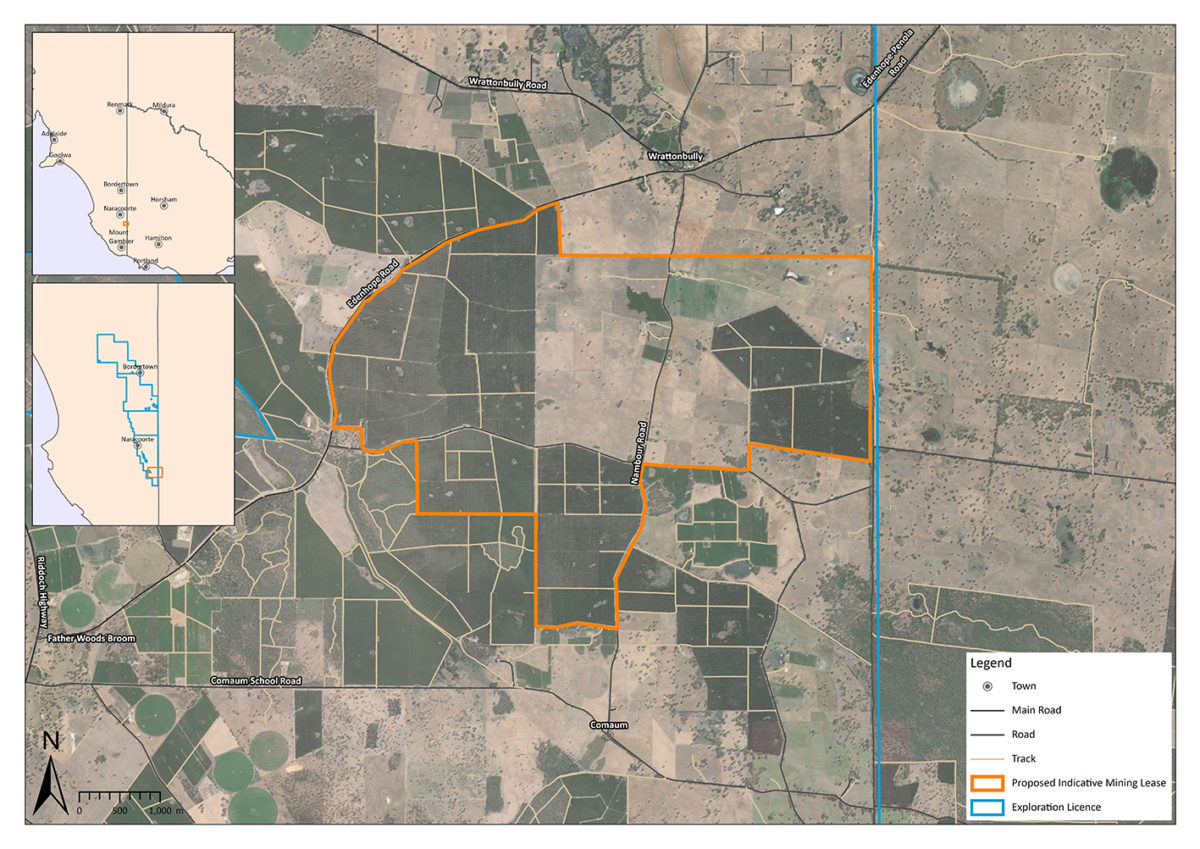
Image: Australian Rare Earths
It appears the proposed mining application would sit between Mount Gambier and Naracoorte, on the state’s southeastern tip. “The actual mining lease area, we’ve sort of nominated an area but we think it will potentially be slightly smaller than we’ve nominated,” Owen told the ABC.
The company is now conducting environmental assessments, including looking at things like groundwater, soils, air quality, and noise impacts.
The company says the Koppamurra is unique in that the rare earths in the nominated region are hosted in clay, not rock – which is usually the case. Once the environmental and impact studies are completed, the company will lodge its mining application to the South Australian Department of Energy and Mining.
Rare earths and Australia’s bid to become a mineral superpower
The US Inflation Reduction Act (IRA), in combination with current global geopolitical and economic crises, has the potential to supercharge Australia’s critical minerals, rare earths and raw materials industries. The US, UK, EU and others are increasingly preferring to source clean energy materials from allies like Australia.
Australia is already a major exporter of rare earth and critical minerals, but China completely dominates the refined or “processed” market.
While Australian Rare Earths’ project is seemingly only targeting the raw material mining side, its latest financial report says the company has already “entered into strategic relationships with internationally recognised downstream processors of rare earths.”
The federal organisation Geosciences Australia recently published a report which found in the year to December 2020, Australia’s economic inventories increased for rare earths (up 4%), lithium (up 8%), vanadium (up 23%) and platinum group elements, which increased an impressive 185%.
“We’re seeing demand for these minerals grow, particularly as the world transitions to low-emissions technologies,” Geoscience Australia’s Director of Mineral Resources Advice and Promotion Allison Britt said.
In March 2022, the federal government allocated $240 million for critical minerals supplies. To a similar end, it also granted Western Australian miner Iluka Resources a $1.25 billion loan to build Australia’s first integrated rare earths refinery to supply electric vehicle and renewable energy industries earlier this month.
The markets for critical minerals, including rare earths, have already expanded significantly in the last years and are set to grow far, far more before 2050.
This content is protected by copyright and may not be reused. If you want to cooperate with us and would like to reuse some of our content, please contact: editors@pv-magazine.com.
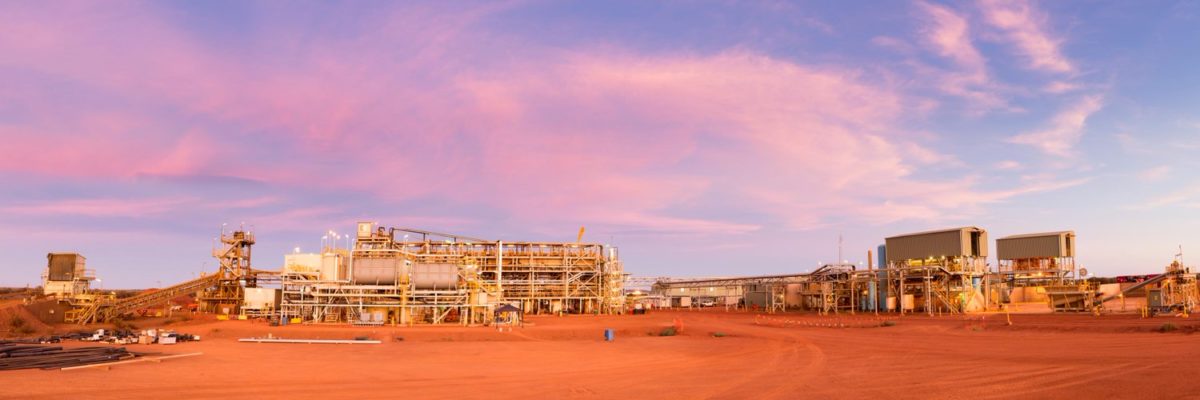
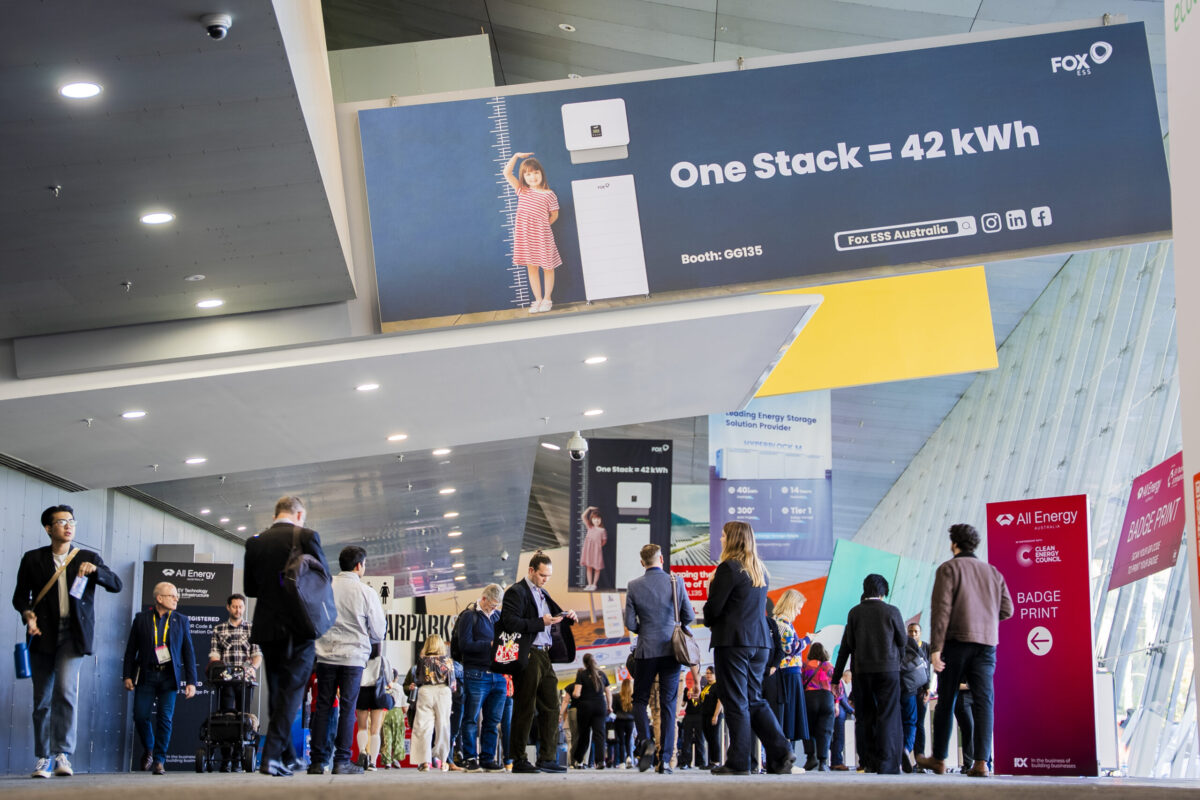


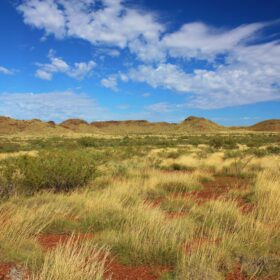
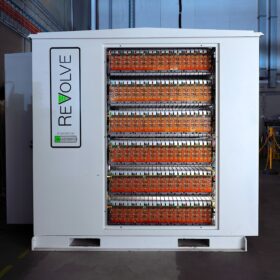
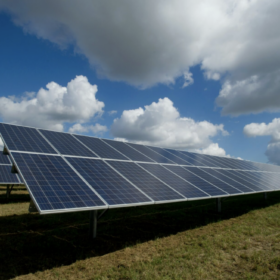
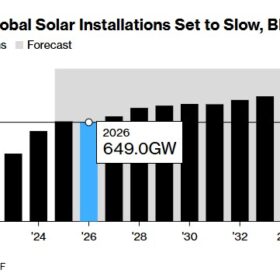
Excuse me, but “3-year process to apply for a mining licence.” 3 YEARS!!!!
What kind of ‘friend shoring’ do we call that?
What about calling it ‘Doing China’s “market cornering” work for it’?